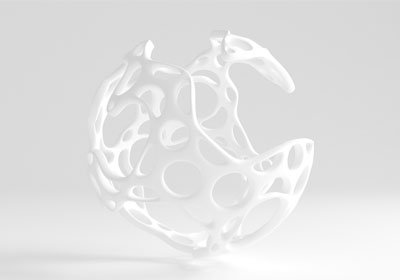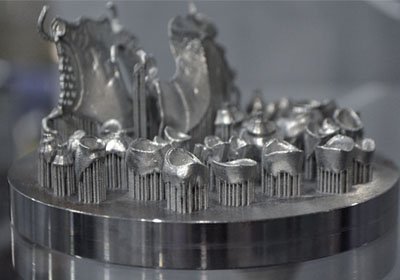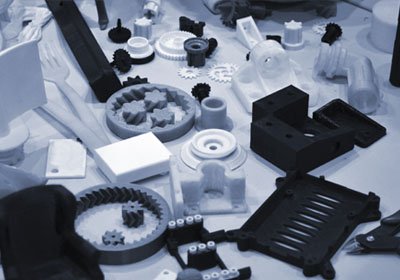Stereolithography (SLA) is a additive manufacturing method where parts are built layer-by -layer using an ultraviolet laser to precisely cure photopolymer cross-sections, transforming them from liquid to solid. Parts are built directly from CAD data, layer-by-layer into prototypes. When a company is testing a product, it is generally very quick and cost-inefficient to create the prototype.
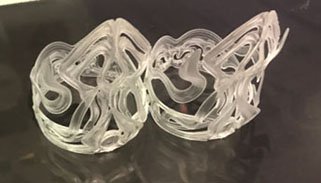
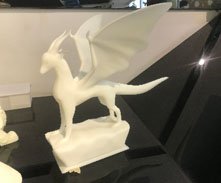
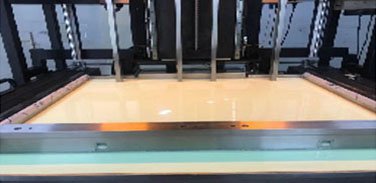
High precision of forming, tight tolerance requirements, exquisite structure is available.
No visible layer lines, smooth surface finishes.
Making parts with complex structure and small features.
Option of clear materials (Transparent parts).
Finishing Option (such as paint etc).
Material : ABS like, Transparent parts
Selective laser sintering is a method of additive manufacturing and a powder-based 3D printing technology that uses a laser to fuse material layers into a final part.
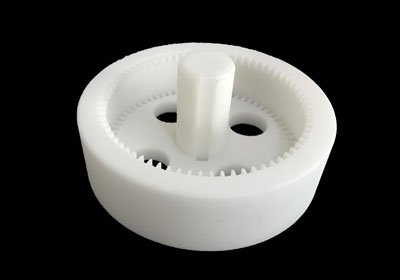
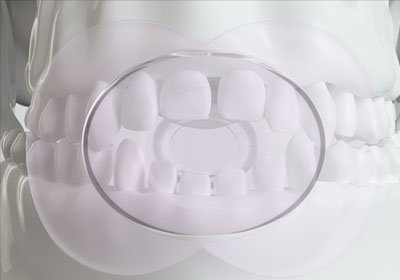
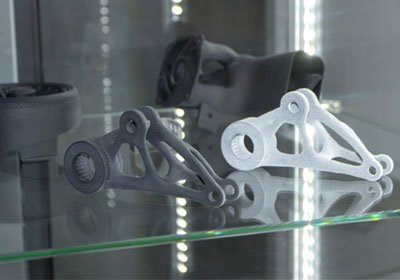
Produce highly complex parts with good mechanical properties
Strong, durable and hard parts
Material : Nylon
Accuracy, 3D prototypes are built with precision and 3D printers reduce the chances of production errors.
Rapid Turnaround,It takes a short time to develop products.
Complexity, The parts with complex geometries and precise internal features that cannot be made with traditional machining alone. 3D printing makes it possible to create more intricate and detailed prototypes at a lower cost.
